General Characteristic Properties Of Electrovalent And Covalent Compounds:
The general characteristic properties of electrovalent and covalent compounds are different because the nature of chemical bonding is different in these two types of chemical compounds. A comparison of electrovalent and covalent compounds is as under-
| Characteristic Property | Electrovalent Compounds | Covalent Compounds |
|---|---|---|
| Chemical Bonding | They contain electrovalent linkage which is formed by transference of electrons from one atom to the other, only single bond is involved in these compounds. | They contain covalent linkage which is formed by mutual sharing of electrons between the two atoms. Single, double and triple bongs are involved in these compounds. |
| Physical State | The electrovalent compounds mostly exist in the solid state. They are very hard. | The covalent compounds generally exist in three states- solid, liquid and gaseous states. They are soft and volatile. |
| Solubility | They are generally soluble in water but are insoluble in organic solvents like benzene, ether etc. | They are soluble in organic solvents but are insoluble or sparingly soluble in water. |
| Crystalline Nature | The crystals of electrovalent compounds are made up of ions. | The crystals of covalent compounds are made up of molecules. |
| Conductivity | They are good conductors of electricity in solution and in molten state. | They are bad conductors of electricity in solution and in molten or fusion state. |
| Melting and boiling points | The melting and boiling points of these compounds are generally high. | The melting and boiling points of these compounds are usually low. |
| Polarity | They are highly polar and undergo ionization in water. Example- KCl—-> K+ + Cl–. | They are usually non-polar and do not ionize in water. A few are partially polar in nature. Example- HCl, NH3 etc. |
| Type of Bond | In electrovalent linkage, the ions are held together by electrostatic force of attraction. | In covalent linkage, the molecules are held together by weak force of attraction called Van der Waals forces. |
| Rate of Reaction | The electrovalent compounds give the reactions involving ions and they are fast. | The covalent compounds give reactions involving molecules and they are slow. |
| Isomerism | The electrovalent bond is non-rigid and non-directional. Hence, the electrovalent compounds are incapable of showing the phenomenon of space isomerism | The covalent bond is rigid and directional and thus covalent compounds are capable of exhibiting the phenomenon of space isomerism. |
- Distinctive Characters Of Birds
- Difference between DNA and RNA
- DNA Fingerprinting
- Human Genome Project
- Homologous Analogous And Vestigial Organs
- Lamarckism And Neo-Lamarckism
- Darwinism or Theory of Natural Selection
- Constituents of Food: Carbohydrates, Proteins, Fats & Vitamins
- Tamil Board: Living World
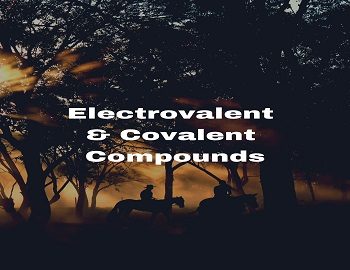
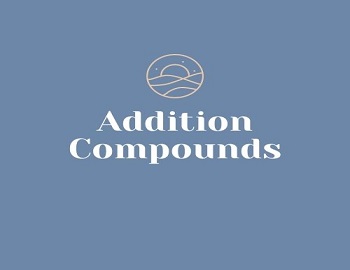
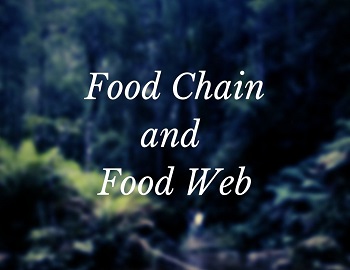

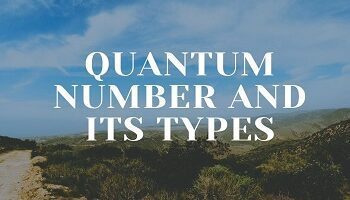
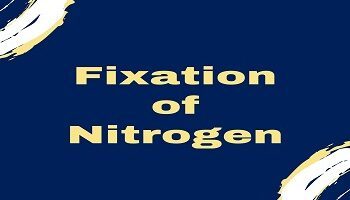



Comments (No)